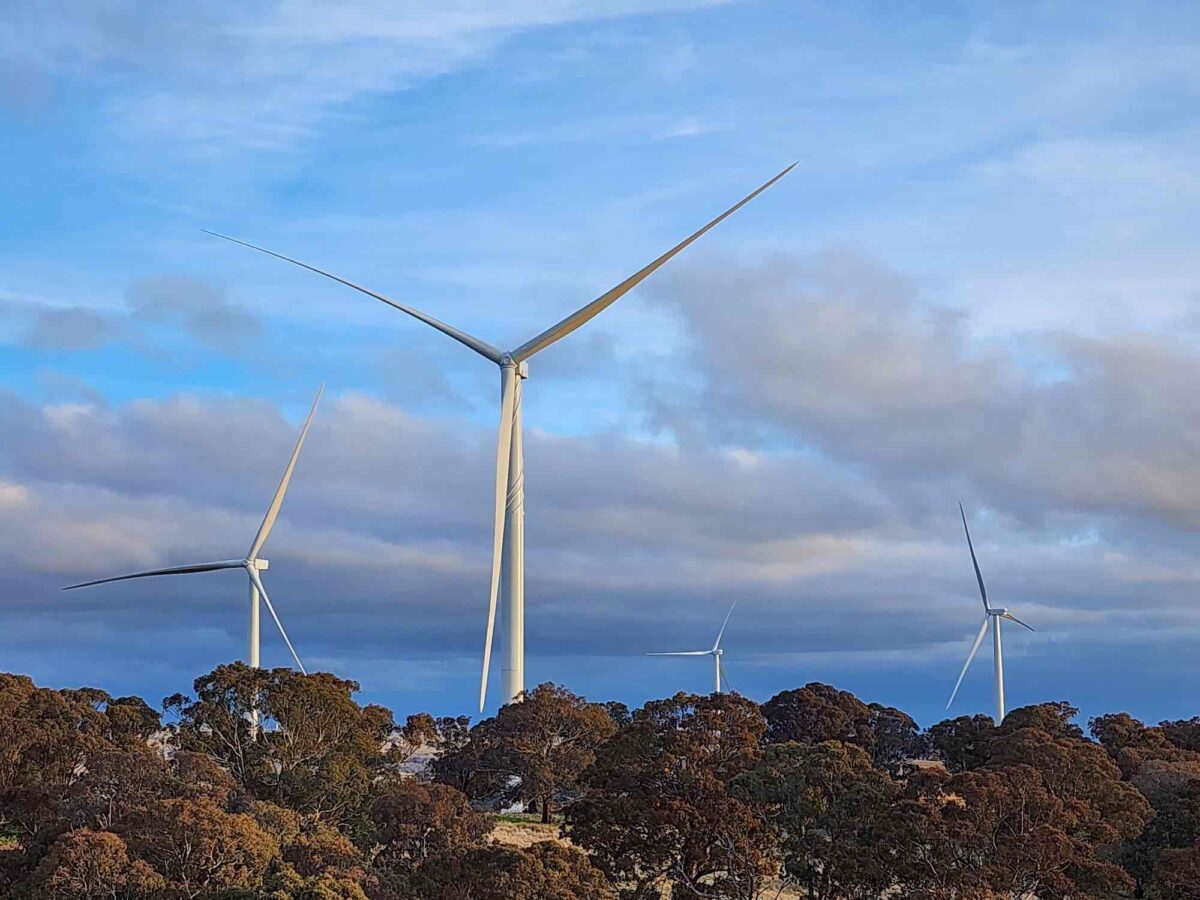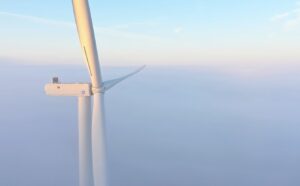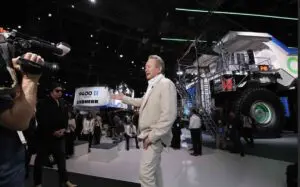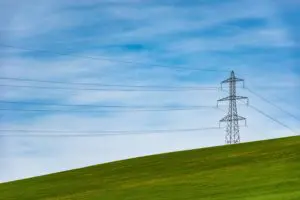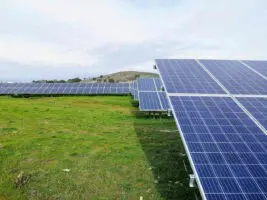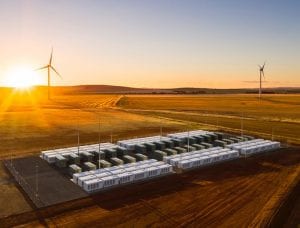The latest tender for new wind and solar capacity in New South Wales has come up well short of expectations, with contracts awarded to just two projects – one a wind farm that has already been built, and the other a new solar and battery hybrid project.
The auction, the fourth in a series held by the NSW government as it seeks new wind, solar and storage capacity to replace its ageing coal generators, sought 3,000 gigawatt hours of new generation, equivalent to more than 1,100 megawatts (MW) of new solar and wind capacity.
On Friday, it was revealed that only two projects had been selected, totalling just 312 MW of capacity. One is the 140 MW Flyers Creek wind project near Orange that is owned by Iberdrola, and which has already completed construction and has started to inject power into the grid.
The other is the new Maryvale solar and battery hybrid project near Dubbo, which includes a 172 MW solar component and a 172 MW, 372 MWh battery installation. It is owned by the recently launched Gentari Australia, a renewable energy offshoot of Malaysian oil giant Petronas, and will be the first project that it builds in Australia.
The shortfall in the tender is believed to have been affected by at least two factors. One is the massive 6 gigawatt auction of new wind and solar capacity launched by the federal government under the Capacity Investment Scheme, and where 2.2 GW of capacity is reserved for NSW projects.
Federal energy minister Chris Bowen revealed this week that the first tender had been seven times oversubscribed with more than 40 GW of projects registering their interest. It is thought that many project developers may have found that process more attractive.
The other potential impact on the number of bidders is the fact that many projects might be located within newly created renewable energy zones, and have yet to secure so-called “access rights” that will guarantee they will not be heavily constrained by grid congestion.
The rights for the first two zones are currently under tender now. It is thought that more projects were presented in the tender, but were not selected because they did not offer good value. It is not known how many projects were bid.
The tenders for generation and storage being held by the NSW government offer what are known as Long Term Energy Supply Agreements, or LTESAs, which are essentially underwriting agreements that protect downside risk for new projects and help them secure finance.
Despite the fact that only two projects were awarded contracts in the latest tender, Nevenka Codevelle, the executive general manager of AEMO Services, which conducted the tender, said there is a “strong sense of momentum” in the market.
“These two projects are worthy additions to a healthy pipeline of projects already supported across NSW,” she said in a statement.
“But it is clear that we’ll need to secure further investment at or near record levels to 2030 and beyond if we are to meet our targets and deliver a reliable supply of cleaner, more affordable electricity for NSW consumers.”
Two previous tenders for generation capacity secured five different wind and solar projects totalling more than 2.1 GW of capacity, although the biggest – the 720 MW New England solar farm owned by Acen Renewables – was also already partially complete.
The other previous winners were Andrew Forrest’s 400 MW Uulunga wind project, which had also started construction, Goldwind’s 275 MW Coppabella wind project, Neoen’s 300 MW Culcairn solar farm and Acen’s 400 MW Stubbo solar farm.
NSW needs around 12 GW of new capacity to replace the four remaining coal fired generators that are expected to close in the next 10 years, although a slow rollout blamed on planning delays, connection problems, and the lack of investment by coal power station owners caused the closure of the Eraring coal generator to be delayed by at least two years.
Overall, Australia needs more than 30 GW of new wind and solar projects to meet the federal government’s 2030 target of 82 per cent renewables. Around 6 GW of new wind and solar capacity will be needed each year.
The CIS will seek a total of 23 GW of new wind and solar capacity, and 9 GW (36 GWh) of storage capacity. They will replace the NSW tenders and other state tenders, but capacity will be reserved to individual states to make sure that the areas with the greatest needs are served.
“This tender brings the total number of wind and solar projects supported with Long-Term Energy Service Agreements to seven in less than two years,” Codeville said.
“Together with the four long-duration storage infrastructure projects also supported so far, substantial progress is being made in delivering NSW’s future energy system.”
The separate storage tenders held by the NSW government through AEMO Services have also secured a number of innovative projects, including three big batteries contracted to have eight hours of storage, and the country’s first compressed air storage facility that will be built at a mine site near Broken Hill in the west of the state.

